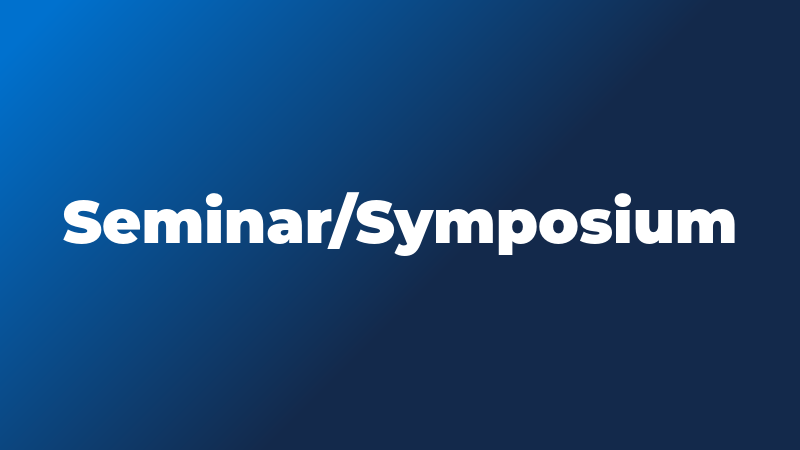Hard Materials Seminar - “Electrolyte-based control of magnetic materials”

- Sponsor
- Materials Science and Engineering Department
- Speaker
- Chris Leighton, Chemical Engineering and Materials Science, University of Minnesota
- Views
- 84
- Originating Calendar
- MatSE Hard Materials Seminar Calendar
“Electrolyte-based control of magnetic materials”
Recently, incorporation of electrolytes such as ionic liquids into field-effect transistors has been shown to enable electric double layer transistors (EDLTs), which can induce very large (1015 cm-2) charge carrier densities at surfaces. These densities correspond to significant fractions of an electron or hole per unit cell in most materials, sufficient to electrically control electronic phase transitions. While this has stimulated great interest, challenges remain, including understanding mechanisms (electrostatic vs. electrochemical), developing operando characterization, and assessing the full power and universality of the approach. Here, I review our work applying electrolyte gating using solid ion gels to oxides and sulfides, focused on voltage control of magnetism. The latter is important, bearing potential for novel, low-power data storage and processing technologies. Our findings clarify the issue of electrostatic vs. electrochemical mechanisms, showing that electrostatic gating vs. oxygen vacancy creation/annihilation can be understood based on bias polarity, and the enthalpy of formation and diffusivity of oxygen vacancies. This understanding was developed from operando probes, such as synchrotron X-ray diffraction and absorption/dichroism, as well as neutron reflectometry. Electrical control of magnetism in perovskite La1-xSrxCoO3-d is then demonstrated in both electrochemical and electrostatic modes, reversibly modulating Curie temperatures over >200 K windows. Most recently, this has been advanced beyond electrical modulation of ferromagnets, or electrical induction of ferromagnetism from antiferro- or para-magnetic states, demonstrating reversible voltage-induced ferromagnetism in a diamagnet (an entirely non-magnetic material) using FeS2 (Fool’s Gold) as a model system.